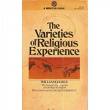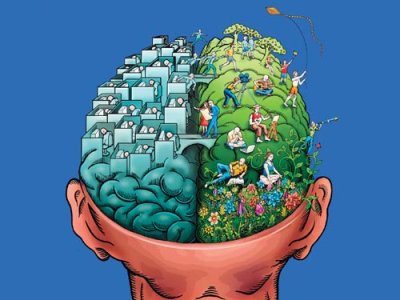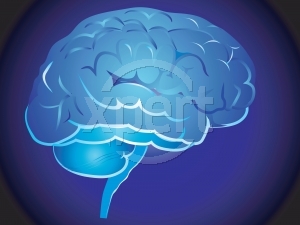Dear readers,
News on the home front;
First, commentary continues to flow from Dr. Jill Bolte Taylor’s talk on Oprah. A neuro-leader if there ever was one. Please enjoy the discussion that ensued on this site.
One of the questions to arise: Should we be devoting our lives to training our brains for bliss, or should bliss pursuits be relegated to the cloistered arena of mystical experience? Of course, the dualist framing of the question is unfortunate for as Taylor herself points out, right-brain enhanced joy is not licenced or owned by religious seekers. Think of the pattern recognition operations that go on in the mind of painters or fabric designers?
For those interested in a critical, psychological analysis of American mystical experience, try starting with a standard and truly royal read: William James’ VARIETIES OF RELIGIOUS EXPERIENCE. James, the father of American psychology and a spacious thinker on the question of brain-mind relations, takes one on a tour of the diversity of American religiosity. Seems we in the U.S., have not strayed too much from our turn of the century predecessors. As James is one of my favorite American thinkers, I can’t help but think he would be totally turned on by the big movements in neuroscience and neuro-education — the sort Taylor insinuates in using neuro-anatomy to tell her deeply personal story of survival and transformation! I only wish James were alive today to join me at the upcoming 2008 Neuroleadership Summit in NY. I will be blogging on the event — and upon my return will be offering my services to those looking for consultants to design and set up neuroleadership and neuro-fitness programs in their companies and institutions
As James is one of my favorite American thinkers, I can’t help but think he would be totally turned on by the big movements in neuroscience and neuro-education — the sort Taylor insinuates in using neuro-anatomy to tell her deeply personal story of survival and transformation! I only wish James were alive today to join me at the upcoming 2008 Neuroleadership Summit in NY. I will be blogging on the event — and upon my return will be offering my services to those looking for consultants to design and set up neuroleadership and neuro-fitness programs in their companies and institutions
In the meantime: to embolden your own neuro-leadership program, try and practice a few of the basic “brain tips” mentioned on this site:
Mid-day napping
Bringing breath awareness to your athletic or other human performance training
Spinal rolls: juicing up the joints of the spine for greater blood and chi flow!
And a new one to be discussed in future blogs: Think Popeye and eat your spinach!
May the Breath Be With You!
Dr. G.




